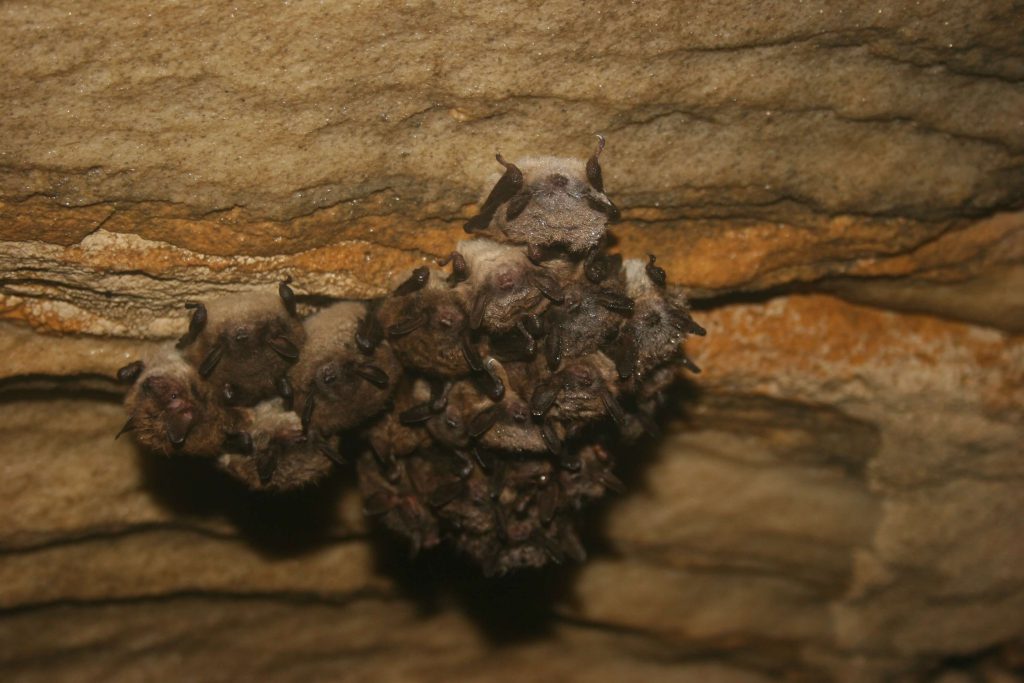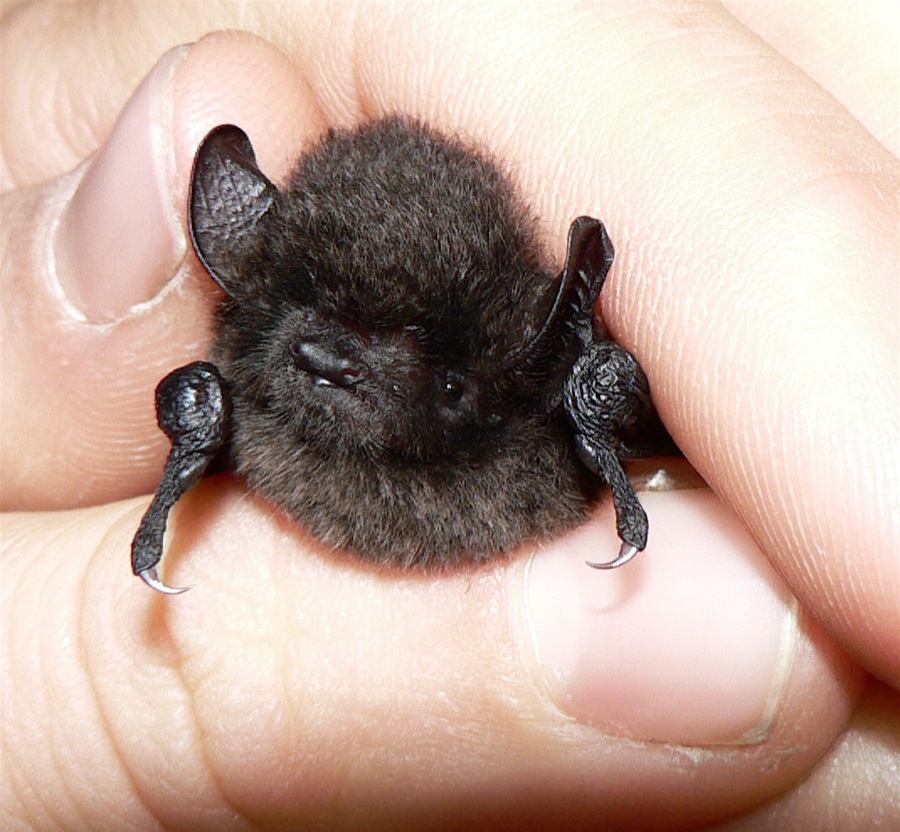A common denominator in epidemiology
Amid this global pandemic that has shaken the world, bats seem to have appeared a lot in media and the social feed. This blog piece aims at clarifying why that might be, approaching the concept from an ecological, physiological, behavioral, and slightly historical perspective. Bats seem to be a common denominator between coronaviruses epidemics and pandemics, namely SARS, MERS, and COVID-19. Why are they so commonly pointed at as origins of infectious diseases? If that is the case, why are bats not getting extinct? Evolution has provided bats with an array of adaptations and random features that allows them to be amazing reservoirs and really effective spreaders.
An advantageous array of evolutionary adaptations

A “febrile” state
Bats harbor a variety of coronaviruses, and they seem completely immune. Hypotheses were brought forward (Brooke, 2015; O’Shea 2014) linking this immunity to their ability to fly. This extremely effortful task, which increases metabolic rate and consequently body temperature, creates a state of fever. In humans, fever is an inflammation response to fight viruses and protect from disease attacks. It looks like bats constantly run a fever, potentially protecting them from the harmful effects of the many viruses they harbor.
Flying distances
Bats are the only mammals that fly. Aside from the potential creation of a febrile state, flying allows some bat species to travel up to 200 miles. Pathogens can therefore potentially spread across very large distances, finding new opportunities and windows for spillover. Flying mammals seem to be a magnificent evolutionary adaptation that was taken advantage of by pathogens.
Dense and abundant

Current estimates report 1,300 bat species. Their populations are extremely abundant and live densely in enclosed spaces. There, bats show a “gregarious behavior” meaning they aggregate in clusters of many individuals. This social behavior is optimal for a virus because it accounts for extremely high contact rates. This type of constant transmission allows viruses to effectively persist within a population.
Echolocation
Most bats are blind. To see, locate, and hunt they make intense, high-frequency sound signals produced by the larynx and powered by abdominal wall muscles. These sounds are emitted through the mouth and nostrils, generating droplets. This incredible adaptation seems to also be beneficial for viruses, leading to the generation of droplets or small particle aerosols of oropharyngeal fluids, such as mucus or saliva, enabling viral transmission in close proximities.
A bad rep
In the past, bats have been pointed at as vampires, bloodsuckers, rabid, dirty, unlucky, flying rats, and more. Nowadays, we may not believe they are vampires anymore, but we believe that culling them might solve infectious diseases problems when it really does not. Bats are globally essential pollinators and seed dispersers, vital for multiple ecosystems.

Researchers have found that SARS-CoV-2 in humans shares 96% of its genome sequence with a coronavirus found in bats (Cyranoski, 2020). Covid-19 reignites a potentially harmful debate against bats, but they are not the bad guys. Bats carry high-profile viruses and that is why they get so much media attention.
For thousands of years, bats have been co-existing harmlessly with these viruses, staying in their habitats, and most often nothing happens. Pandemics really burst when we have habitat loss and human encroachment which allows for spillover and infections. Bats have a bad rep because of their evolutionary ability to harbor viruses, but what makes the virus dangerous are not these little flying mammals, but the anthropogenic activities surrounding them so pervasively.
By Costanza Manes, One Health Research Fellow & Ph.D. Student
References
Cyranoski D. (2020). Mystery deepens over animal source of coronavirus. Nature. 579, 18-19. doi: https://doi.org/10.1038/d41586-020-00548-w
Brook CE, Dobson AP. (2015). Bats as ‘special’ reservoirs for emerging zoonotic pathogens. Trends Microbiol. 23(3):172‐180. doi:10.1016/j.tim.2014.12.004
O’Shea, T. J., Cryan, P. M., Cunningham, A. A., Fooks, A. R., Hayman, D. T., Luis, A. D., Peel, A. J., Plowright, R. K., & Wood, J. L. (2014). Bat flight and zoonotic viruses. Emerging infectious diseases, 20(5), 741-745. https://doi.org/10.3201/eid2005.130539
 0
0
